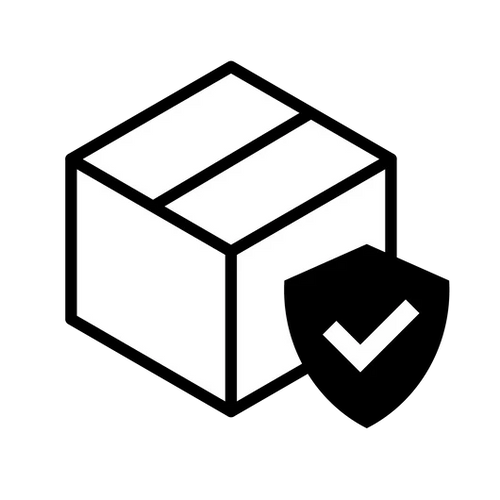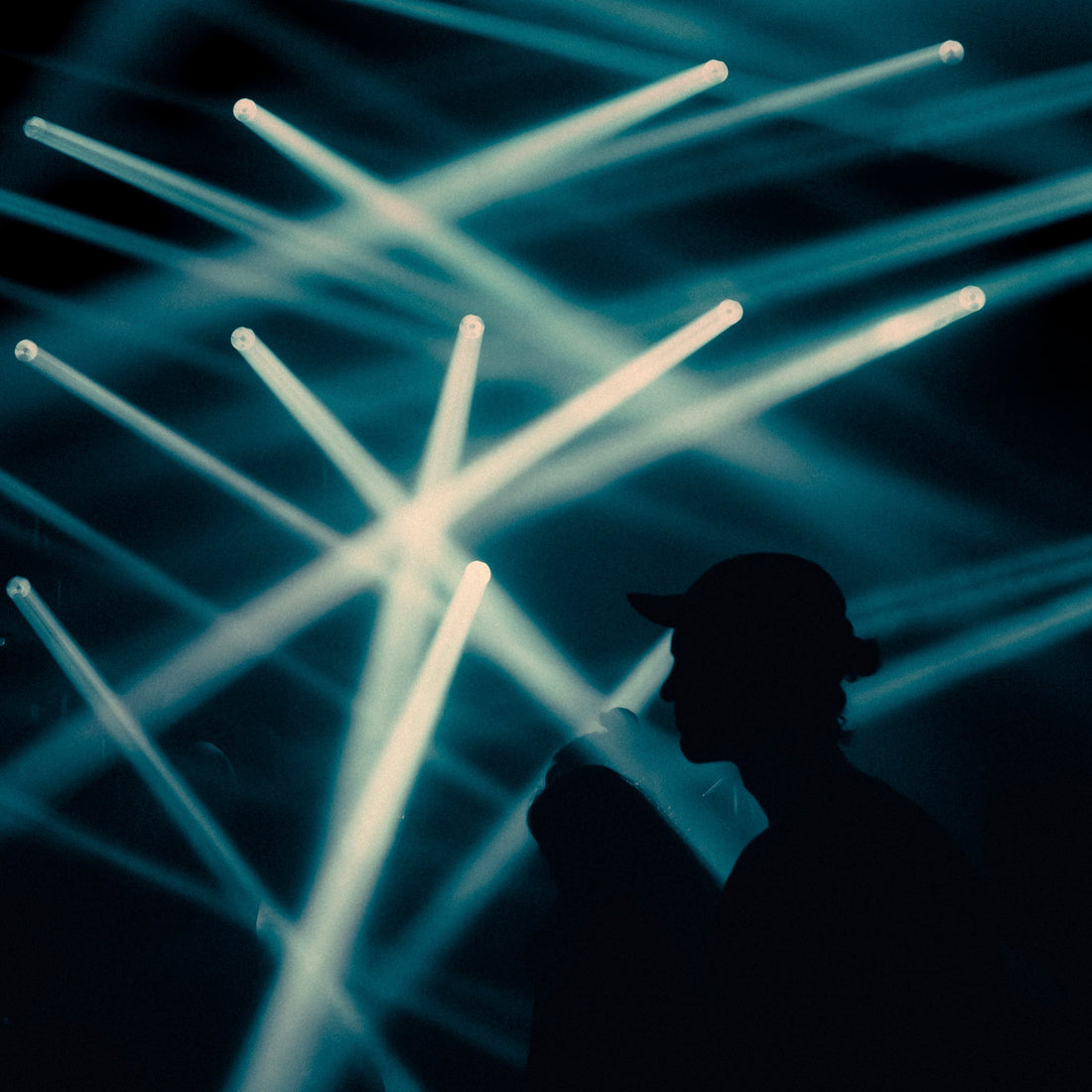Tip 1. Invest in a tripod or monopod
Not every low-light or night event is at a gig or nightclub. Tripods and monopods are fantastic for art events and concerts in quieter environments. A tripod will help you keep your camera steady and prevent blurry images due to camera shake. Pack a lightweight, compact that won’t weigh you down. If you’re on a tight budget, invest in a mini tripod that fits inside your bag and won’t break the bank!Tip 2. Choose the best low light photography lenses
Most events I photograph at night are crowded and full of energy. Therefore, a fast lens with a wide aperture is ideal. The Canon EF 50mm f/1.8 STM is the perfect nifty fifty to start with. You get a fast f/1.8 max aperture, which is beneficial in low light. A lens with image stabilization can help reduce camera shake when shooting handheld.
Tip 3. Find the best light source you can find
No matter how fancy your gear is, you’ll always need a source of light in your nighttime event photography. Don’t rely only on direct conventional artificial light but use some other sources like bonfires, candlelight, streetlights, fireworks, reflected light on metal and glass, mobile phones, other people's camera flashes.
Reflectors are the best way to harness the light you have available. You can use them to reflect light in different directions, giving yourself more lighting options. They’ll transform your night event photography.
Tip 4. Use manual focus
Autofocus can struggle in low-light conditions, so it's best to switch to manual focus. Use live view and zoom in on your subject to ensure it's in sharp focus, then take your shot.Tip 5. ISO setting
Make sure to increase your ISO setting for night event photography. Start with an ISO of 800 and adjust from there. However, keep in mind that higher ISOs will increase the noise in your images, so make sure to find the right balance.Tip 6. Shutter speed
A fast shutter speed is essential for night event photography. It helps freeze motion and prevent blur. Experiment with different shutter speeds depending on the situation, but aim for at least 1/60th of a second.Tip 7. Use flash wisely
Flash can be useful in some night event photography situations, but it can also ruin the mood and atmosphere of the event. Try using diffused flash to avoid harsh shadows and bright spots.Tip 8. Shoot in RAW
Shooting in RAW allows you to make adjustments to the exposure and white balance in post-processing. This can be useful if you need to brighten up underexposed areas.Tip 9. White balance setting
The colour temperature changes dramatically under artificial lighting, so it's essential to adjust your white balance setting accordingly. Experiment with different settings, but try to avoid using auto white balance, which can often produce inaccurate results.Tip 10. Bracketing
Bracketing involves taking several shots at different exposures to ensure that you capture the perfect shot. This technique is particularly important for night event photography, where the lighting conditions can vary drastically.With these essential tips, you can capture stunning images that tell a story. Remember, it's all about finding the right balance between shutter speed, aperture, and ISO while taking full advantage of the event's available lighting. Good luck!


